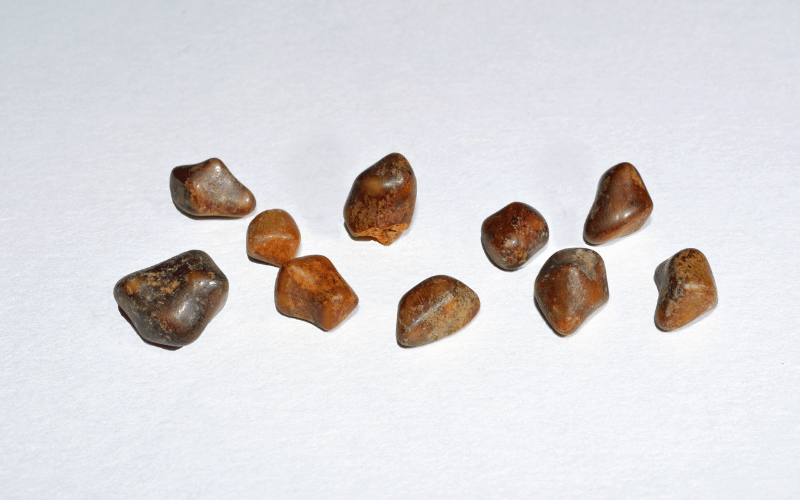Fact 10: Gallstones in Relation to Other Health Conditions

Gallstones exhibit a significant relationship with obesity and metabolic syndrome, conditions characterized by a cluster of symptoms including increased waist circumference, high blood pressure, elevated blood sugar levels, and abnormal lipid profiles. Obesity increases the likelihood of gallstone formation due to higher cholesterol secretion in bile, which can lead to cholesterol gallstones. Additionally, individuals with obesity may have a gallbladder that does not function optimally, leading to stasis and stone formation. Addressing obesity through lifestyle modifications such as diet and exercise is crucial, not only for gallstone management but also for overall health improvement and the mitigation of associated risks.
Diabetes and insulin resistance are closely linked with gallstone formation. High blood sugar levels can affect the balance of substances that make up bile, increasing the risk of gallstone formation. Moreover, insulin resistance, often found in individuals with type 2 diabetes, can lead to altered bile composition and decreased gallbladder motility, further increasing gallstone risk. Management of diabetes and insulin resistance through medications, lifestyle changes, and regular monitoring is paramount in reducing the risk of gallstones and ensuring a healthier metabolic state.
Liver cirrhosis and certain liver diseases can increase the risk of pigment gallstones. These are often associated with chronic liver conditions, leading to an increased concentration of bilirubin in the bile. It is imperative for individuals with liver conditions to be closely monitored for gallstones, as the presence of gallstones can complicate liver disease and vice versa. Effective management of liver conditions, regular screenings for gallstones, and appropriate interventions when necessary form a comprehensive approach to mitigating these risks.
Certain blood disorders, such as sickle cell anemia and hemolytic anemia, can lead to an increased risk of pigment gallstones. These conditions cause the breakdown of red blood cells, leading to an excess of bilirubin in the bile, which can contribute to stone formation. Management of these blood disorders is crucial in preventing gallstone formation and reducing associated risks. This includes regular medical check-ups, appropriate medical interventions, and monitoring of blood parameters to ensure stability and prevent complications.
Gallstones can lead to complications affecting other organs and systems, such as acute pancreatitis, jaundice, and cholangitis, a severe infection of the bile ducts. These complications require immediate medical attention and intervention to prevent severe outcomes and ensure the health and stability of affected individuals. Recognizing the signs and symptoms of these complications, seeking timely medical help, and managing associated health conditions form a holistic approach to gallstone management and overall health care. (10)